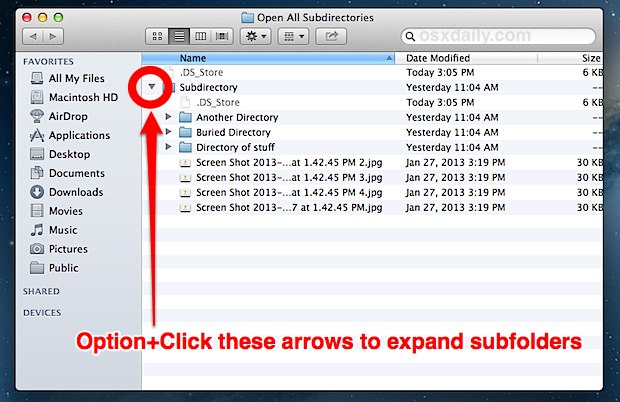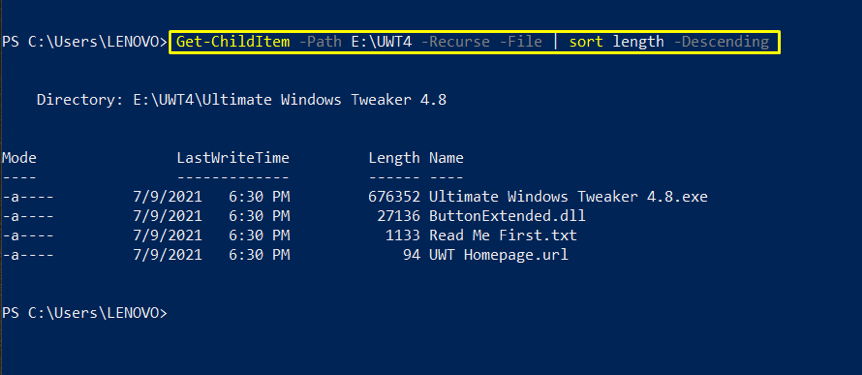

In this example, ls -F or -classify command classifies files into their types. We can also use ls -ignore-backups to filter the backup files.Įxample: Use of append indicator with ls command In this example, we excluded backup files (files ends with ~ sign) by using ls -B option in the ls command. Įxample: list the contents of directories excluding backup files We can also check it for any specific file using ls -author. In this example, we are using the ls command with the -author option that prints the author of each file with permission. are hidden files or directory).Įxample: Display the author of each file with ls command In this example, we are using ls -a or ls -all command that displays all files included hidden files ( files start with. In this example, the ls command displays the list of files and directories.Įxample: lists hidden contents of directories

It is used to print version information of the ls command.Įxample: lists the contents of a directory It is used to display help for the ls command. It is used to list subdirectories recursively. It is used to list files in reverse order while sorting. It is used to print the index number of each file. It is used to append indicator (one of to entries. It is used to ignore the listing of backup files. It is used to set scale size before printing. It is used to print the author information of each file. The following is a brief description of the options available with the ls command. The following is the syntax of the ls command in Linux.

Windows command list directory contents install#
Install and Use PHP Composer on Ubuntu 18.04.Install and Configure GitLab on Ubuntu 18.04.Move Files In Linux Using The mv Command.Exclude Files And Directory Using Rsync.
Windows command list directory contents how to#


 0 kommentar(er)
0 kommentar(er)
